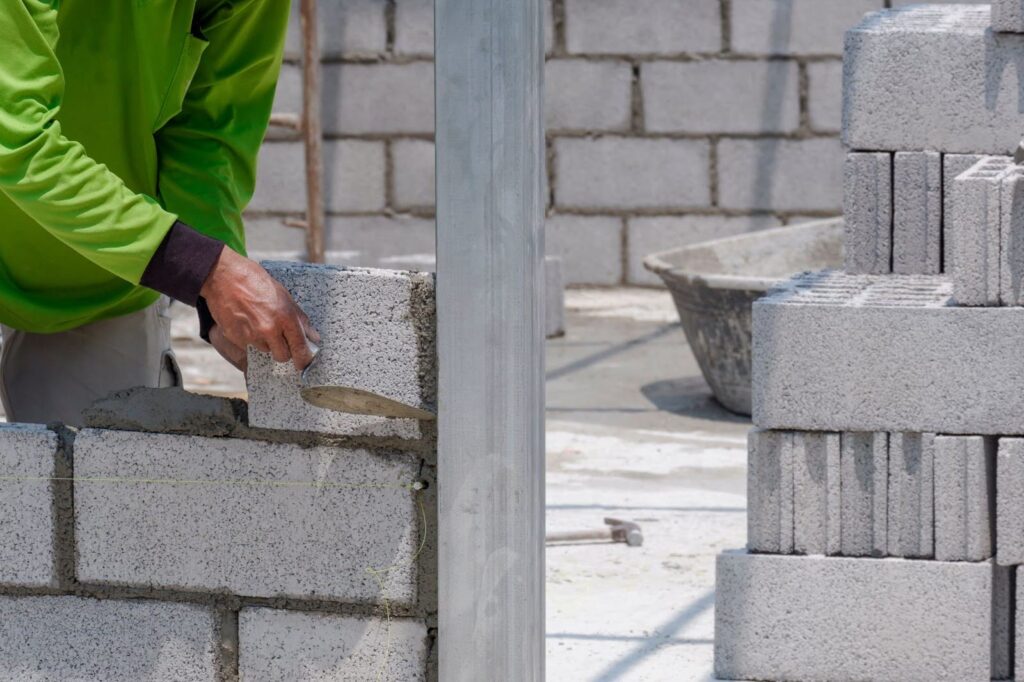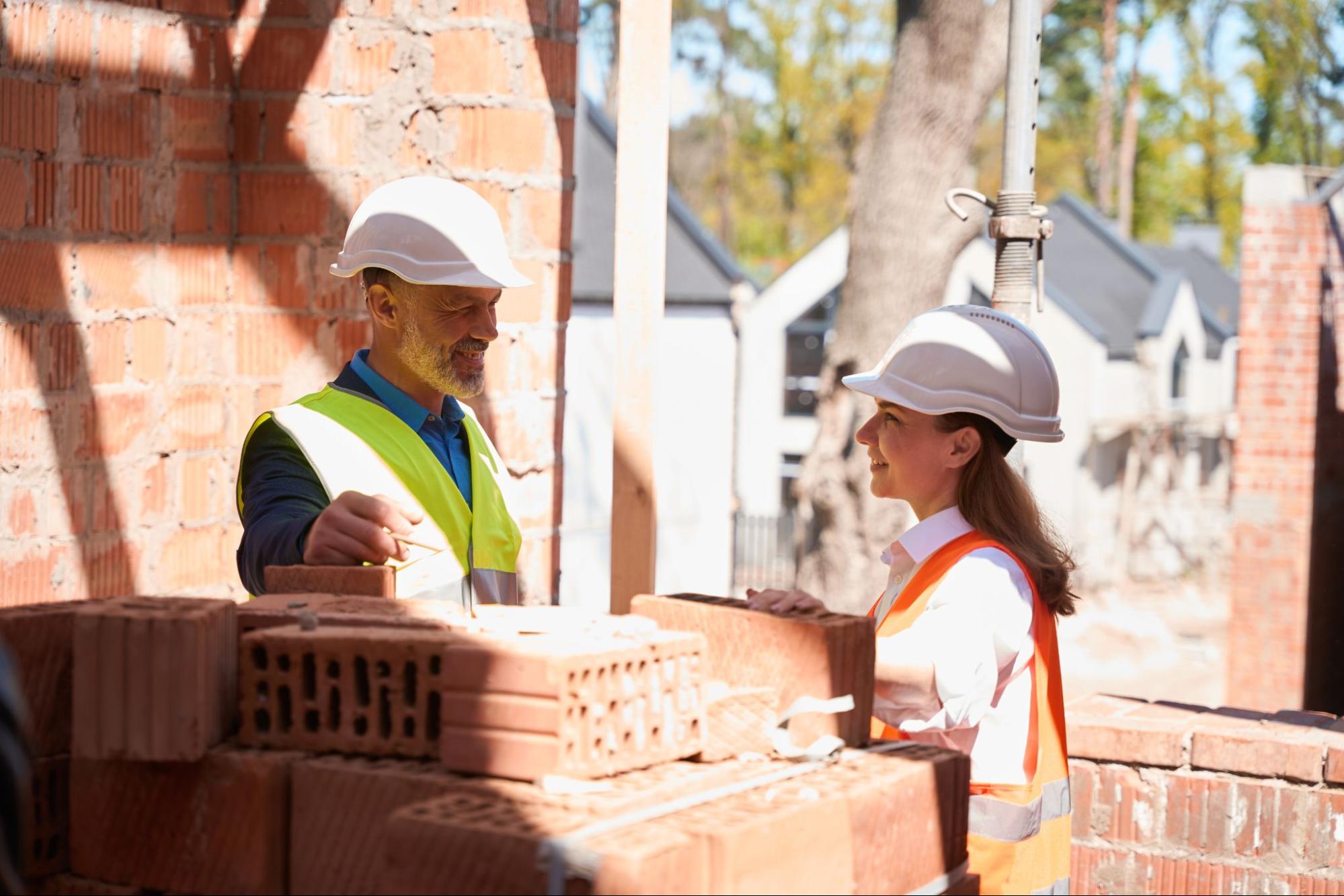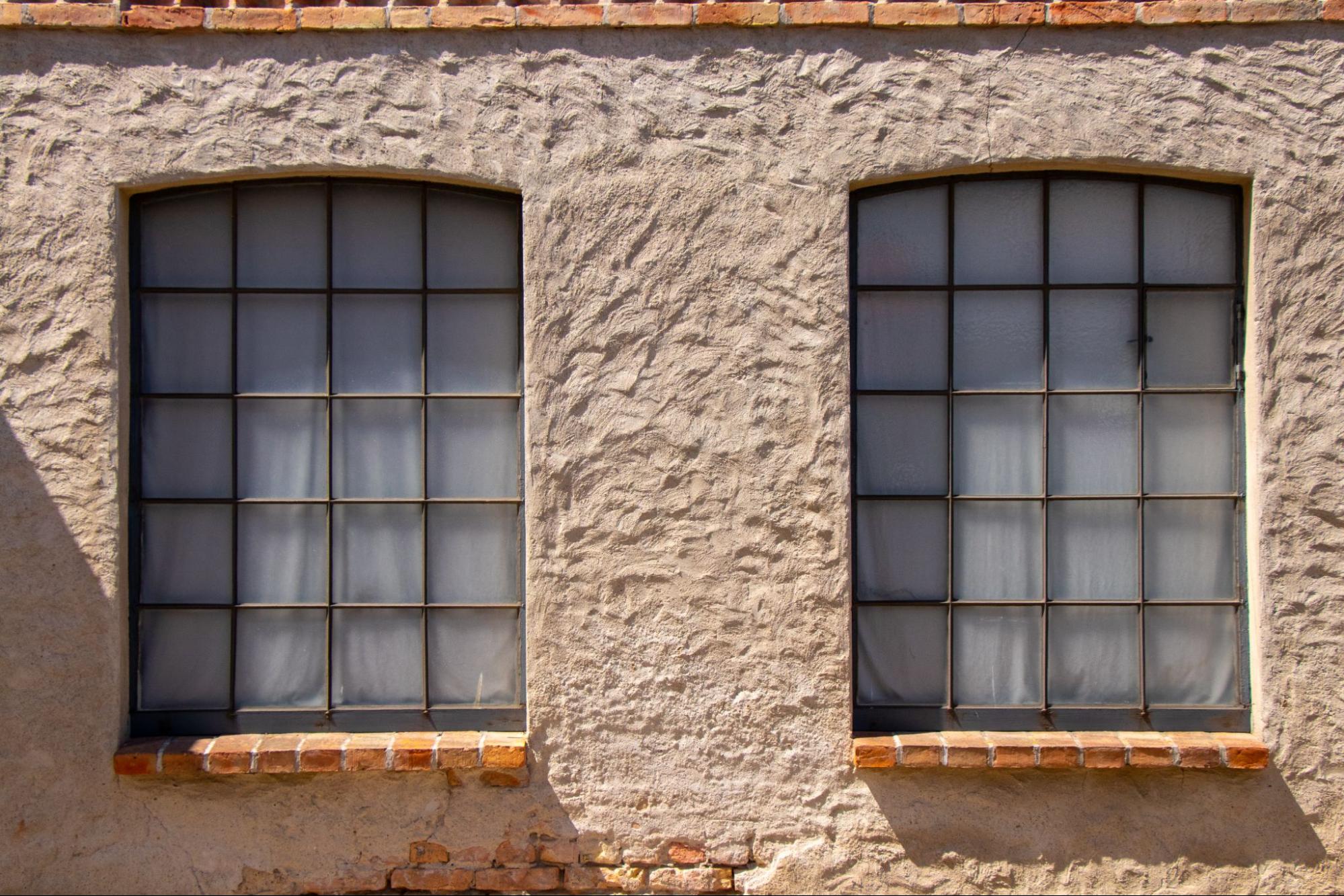Masonry construction has always been synonymous with strength, beauty, and timeless appeal. Whether it’s a historic stone church or a modern brick-clad home, masonry has long played a foundational role in the design and construction of buildings. But as we step into 2025, the masonry industry is entering a new phase—one shaped by innovative technology, sustainability, design evolution, and shifting market demands. Today’s builders are not only working with bricks and mortar; they’re integrating digital design tools, environmentally conscious materials, and advanced safety practices into every job. The result is a more sophisticated, responsive, and forward-thinking approach to masonry construction that meets both modern expectations and enduring structural needs.
How Technology is Reshaping Masonry Construction Projects
In 2025, masonry construction is undergoing a fundamental transformation driven by digital innovation. What once relied solely on muscle, craftsmanship, and blueprints has evolved into a process supported by 3D modeling software and automation. The integration of Building Information Modeling (BIM) into masonry workflows allows architects, engineers, and contractors to visualize structural components before the first stone is laid. This results in fewer errors, streamlined coordination, and more efficient use of materials. On large commercial sites, automated bricklaying machines are supplementing human crews to reduce repetitive strain and improve consistency. These innovations not only enhance project quality—they reduce waste, speed up timelines, and minimize rework, ultimately saving money for both contractors and clients.
Why Sustainable Building Methods Are Driving Masonry Construction Forward
As sustainability becomes a central concern in the construction industry, masonry is evolving to meet increasingly stringent environmental standards. In 2025, the industry is embracing eco-conscious methods that prioritize energy efficiency and resource conservation.
Reclaimed and Low-Carbon Materials
Builders are using reclaimed bricks, recycled aggregates, and low-carbon cement to reduce environmental impact without compromising strength or longevity. These materials not only support sustainability goals but also add a unique visual character to modern masonry projects.
Energy-Efficient Wall Systems
Modern masonry assemblies now include advanced insulation and breathable coatings, improving thermal performance while allowing walls to manage moisture naturally. This approach helps reduce energy costs year-round and extends the lifespan of the building envelope.
Green Certification and Compliance
Many projects require masonry materials that align with LEED and other green building standards, pushing the industry toward more sustainable product sourcing and construction practices. Meeting these certifications can also enhance property value and attract environmentally conscious clients.
The Impact of Workforce Shifts on Masonry Construction
Behind every stone wall and brick façade lies a team of skilled tradespeople whose craft is essential to the success of masonry construction. But in 2025, the industry is facing a growing challenge: a shortage of experienced masons. As veteran workers retire, fewer young tradespeople are entering the field to replace them. This labor gap is pushing companies to rethink their hiring strategies and invest more heavily in training. Apprenticeship programs, technical schools, and union partnerships are becoming vital pipelines for developing new talent. Companies are proactively welcoming more women, veterans, and underrepresented groups into the trade. Technology is also being used to make masonry construction more accessible to younger workers—virtual reality tools and mobile apps help teach techniques and safety protocols in more engaging ways. As the workforce evolves, so too does the culture of masonry, blending traditional skills with modern opportunity.
Emerging Design Trends in Modern Masonry Construction
In addition to its strength, masonry construction has always offered aesthetic flexibility. Architects and homeowners are demanding more personalized and visually distinct applications of brick, block, and stone. Contemporary homes feature smooth-faced blocks paired with rough-textured stone, while commercial buildings blend masonry with metal and glass for an industrial-modern aesthetic. Pigmented mortars and colored bricks are being used to break up monotony and introduce unexpected hues into traditional builds. Even the humble retaining wall is being reimagined—not just as a functional barrier, but as a sculptural element that contributes to the landscape. This new era of design means that masonry is no longer background—it’s front and center in defining architectural identity.
The Growing Focus on Resilience in Masonry Construction
Resilience has always been a defining trait of masonry construction, but in an era of extreme weather and aging infrastructure, durability is more critical than ever. In 2025, builders and property owners are demanding structures that can withstand floods, fires, wind, and the passage of time. Masonry naturally resists rot, mold, pests, and fire; however, newer materials and techniques are now being used to enhance that protection further. Permeable mortars allow walls to breathe while managing moisture, reducing the likelihood of freeze-thaw damage in colder climates. Fire-resistant veneers and assemblies are being adopted in wildfire-prone regions, offering crucial safeguards for homes and businesses. Engineers are also designing load-bearing systems that meet more rigorous seismic standards, especially in urban areas near fault zones. Whether it’s a coastal retaining wall or a multi-story commercial structure, today’s masonry must do more than look good—it must stand strong in the face of adversity.
How Outdoor Living Trends Are Shaping Masonry Construction in 2025
Aesthetic innovation is redefining the use of masonry in both residential and commercial spaces. In 2025, the focus is on bold expression, texture, and architectural personality. Below are the standout trends influencing masonry construction design this year:
Mixed Material Pairings
Modern projects often combine masonry with glass, metal, or wood to create striking contrasts and elevate curb appeal in both residential and commercial designs. These pairings enable designers to achieve a contemporary look while still benefiting from the strength and permanence of masonry.
Decorative Masonry Patterns
Designs like herringbone, basket weave, and stacked stone layouts add movement and sophistication to walls, walkways, and façades. These patterns draw the eye and can help define different zones within a space, adding depth and architectural interest.
Colored Bricks and Pigmented Mortar
Builders are incorporating custom-colored bricks and tinted mortar to break up visual monotony and introduce personality into traditional masonry forms. This design flexibility allows for creative expression that aligns with a project’s branding or homeowner preferences.
Sculptural Retaining Walls
Retaining walls are being designed as artistic, multi-purpose landscape features that shape outdoor space while doubling as seating, lighting platforms, or visual focal points. The use of varied textures, curves, and integrated greenery transforms these structures into functional art.
Innovative Uses of Masonry Construction in Commercial Design
Masonry construction isn’t just thriving in residential spaces—it’s making bold statements in commercial and civic developments as well. In 2025, developers are turning to masonry for its blend of structural dependability and aesthetic flexibility. Office buildings, schools, and healthcare facilities utilize architectural concrete blocks to create façades that are both durable and visually striking. Exposed interior masonry is gaining popularity for its industrial aesthetic, particularly in urban coworking spaces, coffee shops, and restaurants. These materials not only look good, but they also help with noise control, fire safety, and energy efficiency. Retail stores are utilizing colored brickwork and patterned veneers to establish strong brand identities, while public buildings, such as libraries and recreation centers, are opting for precast masonry panels for their cost-effective aesthetic appeal. Masonry continues to offer long-term value and low maintenance, making it an ideal choice for commercial developers looking to meet both practical and design-driven goals.
How Historic Preservation is Driving Growth in Masonry Construction
Preserving the past is becoming a key part of building the future, and masonry construction plays a significant role in this movement. Across the country, historic structures are being restored, stabilized, and repurposed using traditional masonry methods—often combined with modern techniques. Brick re-pointing, limestone repair, and decorative cornice reconstruction are on the rise as older buildings are adapted for new uses, such as boutiques, loft apartments, or cultural centers. Rehabilitating existing masonry buildings reduces the need for new materials and preserves architectural character that can’t be recreated. Preservation specialists are working hand-in-hand with masons to carefully blend new work with old, using lime mortars, handmade bricks, or natural stone quarried to match original elements. This trend highlights the enduring value of masonry and its unique ability to tell stories across generations.
Streamlining Masonry Construction Through Digital Coordination
Digital coordination is quietly transforming masonry construction in 2025, with cloud-based tools streamlining communication, scheduling, and site management. Estimating software and scheduling apps are helping contractors stay on budget while keeping projects on track. Real-time collaboration between architects, engineers, and masons minimizes delays and improves overall workflow efficiency. Field crews now rely on tablets and smartphones to access blueprints, safety protocols, and inspection checklists without stepping away from the job. As digital tools become standard practice, masonry construction firms are adapting quickly to meet rising expectations and operate more effectively in a fast-paced market.

Masonry Construction Trends That Will Define the Future
Masonry construction has long been valued for its strength and design versatility, and in 2025, that versatility is evolving in bold new directions. Architects and homeowners are seeking more personalized, visually distinctive applications of brick, block, and stone that reflect both modern and traditional aesthetics. From smooth-faced blocks paired with rough-textured stone to combinations of masonry with metal and glass, the result is a more dynamic architectural style. Pigmented mortars and colored bricks are also being used to introduce contrast and break away from uniform finishes. Even functional elements, such as retaining walls, are being reimagined as sculptural features that contribute to the overall visual identity of a space.
To learn more about the top trends in masonry construction for 2025, visit our Metric Paving & Masonry blog.







